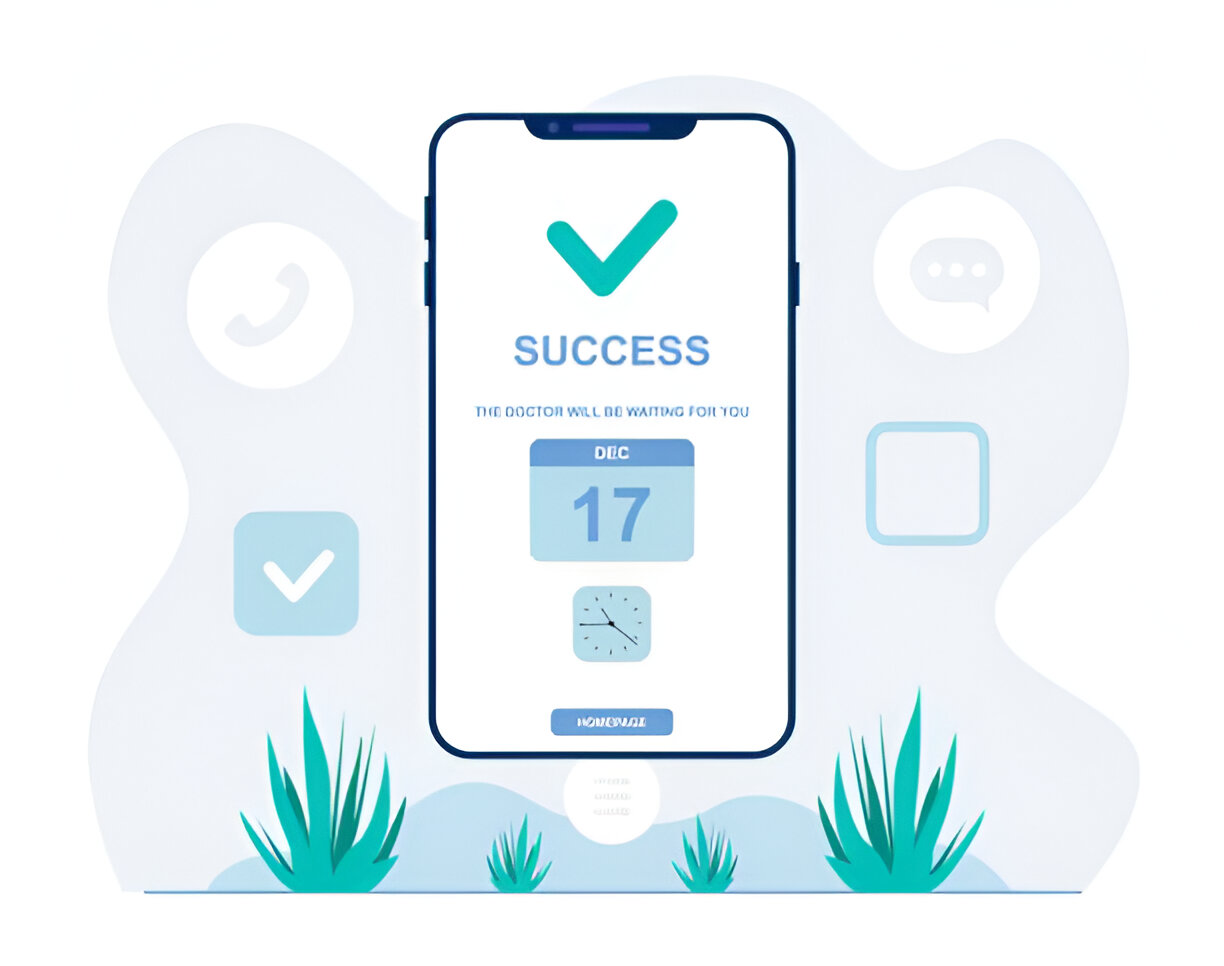
Starting a new MVPs for Mobile App can be an exciting venture for any startup. However, it can also be a challenging one, especially when trying to figure out if your app idea will work in the real world. One of the most important steps in the app development process is creating a Minimum Viable Product (MVP).
In this article, we will explore why MVPs are essential for mobile app success, how they work, and why startups should prioritize them in their development process.
What Is an MVP?
An MVP is the simplest version of your mobile app that has just enough features to satisfy early users and gather feedback. It doesn’t include all the features you might eventually want to add, but it has the core functionality that proves your app’s value.
Think of the MVP as a “prototype” of your app. It helps you test the app idea with real users before spending too much money or time on it.
Why Do Startups Need an MVP?
Startups are often on a tight budget and need to make every dollar count. Here are a few key reasons why MVPs are crucial for startups building mobile apps:
- Testing the Idea One of the biggest risks for a startup is building something that no one will use. An MVP allows you to test your app idea with actual users early on. Instead of spending months or years developing a full-featured app, you get to see if people like your basic idea. You can learn if your app solves a problem, what features are most important, and what needs improvement.
- Saving Time and Money Developing a full-featured app can be expensive, and for startups, time is money. An MVP helps save both by allowing you to focus on the most important features first. Instead of building a lot of unnecessary functionality, you focus on what truly matters. Once the MVP is tested and refined based on feedback, you can then invest more resources in developing the full version.
- Getting Early Feedback Feedback from users is gold. By releasing an MVP, you can collect valuable insights on how your app is performing. This feedback helps you understand user expectations and preferences, so you can improve the app accordingly. Early users can tell you what works, what doesn’t, and what features they want next. This can help you make better decisions as you move forward in your app development.
- Building a Stronger Product The MVP stage is an opportunity to learn from real users. Instead of guessing what features are most needed, you can base your decisions on data. By releasing a simpler version, you create an opportunity to iterate quickly and make improvements based on user input. This leads to a stronger final product that better meets your users’ needs.
- Attracting Investors If you are looking for funding, having an MVP can be a powerful tool to show investors. It proves that you’ve already thought through your idea, built something functional, and tested it with real users. Investors are more likely to take you seriously if you have a working version of your app, even if it’s not the final product. It shows you are capable of building a product that solves a problem and has market potential.
- Reducing Risks Developing a full-featured app without testing it first is risky. If your idea fails after launching a complex app, the consequences can be severe. An MVP reduces the risk of failure because you are testing the waters before committing to a large investment. You can learn early on if there is demand for your app or if you need to pivot and adjust your approach.
- Creating Early Buzz MVPs are also great for generating excitement and buzz around your app. As you release your MVP, you can build a community of early adopters who are excited to see the app grow and improve. These users can become your app’s strongest advocates, helping you spread the word and attract more users over time.
How to Build an MVP for Your Mobile App
Building an MVP doesn’t mean cutting corners; it means focusing on what matters most. Here are some key steps to help you build an MVP for your mobile app:
- Define Your Core Features Focus on the most important features that your users will value. Identify the key problems your app will solve and build those features first.
- Build a Simple Version Don’t get distracted by adding too many features at the start. Your MVP should be simple but functional enough to test your idea.
- Test, Analyze, and Iterate Once your MVP is launched, gather feedback, analyze it, and make improvements. Be ready to make changes based on what users tell you.
- Prioritize User Experience Even though it’s an MVP, the user experience should be smooth. Ensure your app is easy to use and provides real value to users.
Conclusion
For any startup, an MVP is a powerful tool that can make the difference between success and failure. It allows you to test your app idea, save money, and improve the product based on real user feedback. By focusing on the core features, testing early, and iterating quickly, you set yourself up for a higher chance of success. So, if you’re building a mobile app, don’t skip the MVP stage—it’s the foundation of your app’s success.



